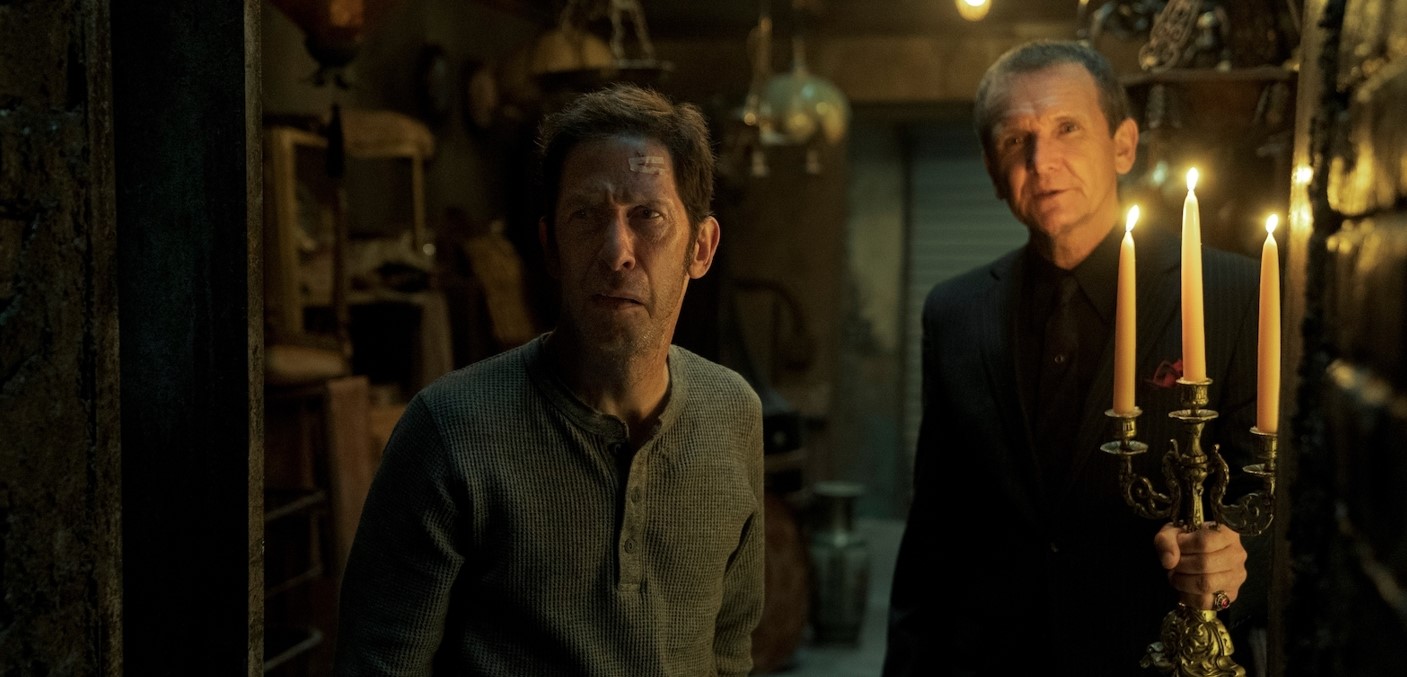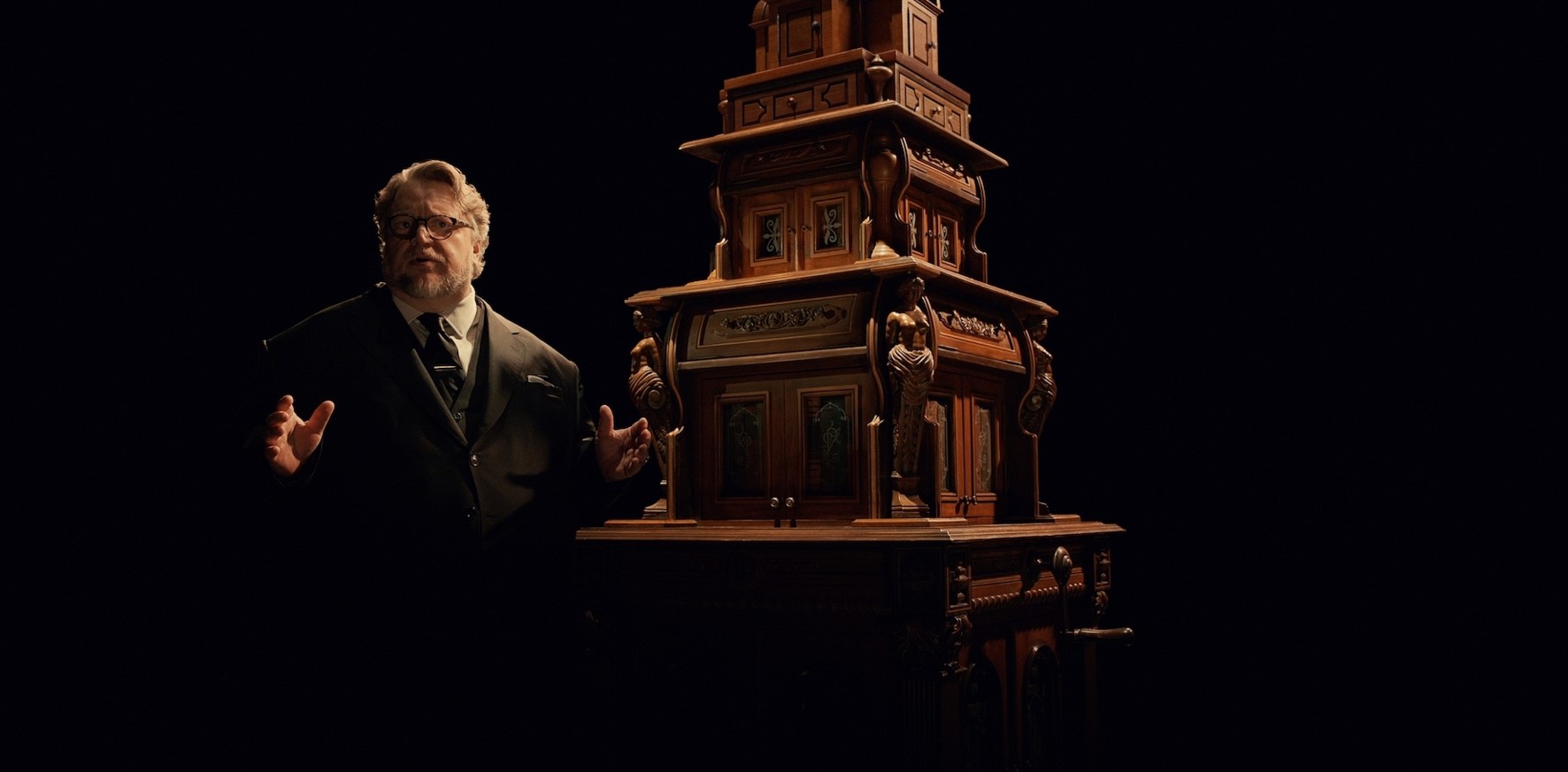A creation of Oscar-winning filmmaker Guillermo del Toro, ‘Cabinet of Curiosities’ is a horror anthology series. Its first season comprises eight episodes based on short stories by the likes of H.P. Lovecraft, Henry Kuttner, Emily Carroll, Michael Shea, and del Toro himself. As the host, del Toro introduces the story at the start of every episode, speaking briefly about the plot, underscoring the prevalent themes, and naming the director.
The title of the series, ‘Cabinet of Curiosities,’ is quite evocative, as it immediately draws attention to something from the early modern period. Here is everything you need to know about it.
Cabinet of Curiosities Meaning
The Meaning of ‘Cabinet of Curiosities’ is multi-faceted. The series seems to have been named after a 2013 book by the writer-director himself. The book contains information from his notebooks, collections, and other obsessions, showcasing the inspiration behind his artistic sensibilities. The book allows us to take a peek into the life and mind of one of the greatest filmmakers of his generation.
The cabinet motif is recurring in the series. “Picture your mind as a cabinet… where you lock up your darkest thoughts and deepest fears. What would happen if you open that cabinet for the world to see? We are about to find out, the celebrated writer-director states at one point.
The Cabinet of Curiosities also has a real-world and historical connotation. Also known as Wunderkammer, Cabinets of Wonder, and wonder-rooms, Cabinets of Curiosities were used by people (often with financial means) to maintain a collection of objects. Now, these objects can represent a wide range of interests — from archelogy to faith, to natural history, to geology to art to history to antiquities. However, these collections were predictably limited to people’s understanding of the world around them.
The Cabinet of Curiosities really started appearing in the 16th century. The term “cabinet” refers to a room. So, initially, the phrase “Cabinet of Curiosities” denoted a roomful of curious objects. Later, a piece of furniture with a specific design also came to be referred to as such.

While horror is the most prevalent connecting element among all the episodes, there are elements that reappear throughout the series, creating a sense of focus in the collection. In the first two episodes, greed is arguably the most important element that links one episode to the other. Nick is a disgruntled, disillusioned white American who blames the immigrants for all his problems. His greed, anger, and sense of victimhood work together to cause his undoing. Similarly, Masson masquerades as a religious man but goes around desecrating graves. His greed sinks him so low into the Earth (literally in this case) that he dies there, suffocating and becoming a source of nourishment for the vermin.
Read More: Are Cabinets of Curiosities Real? Is Cabinet of Curiosities Based on a Book?


You must be logged in to post a comment.